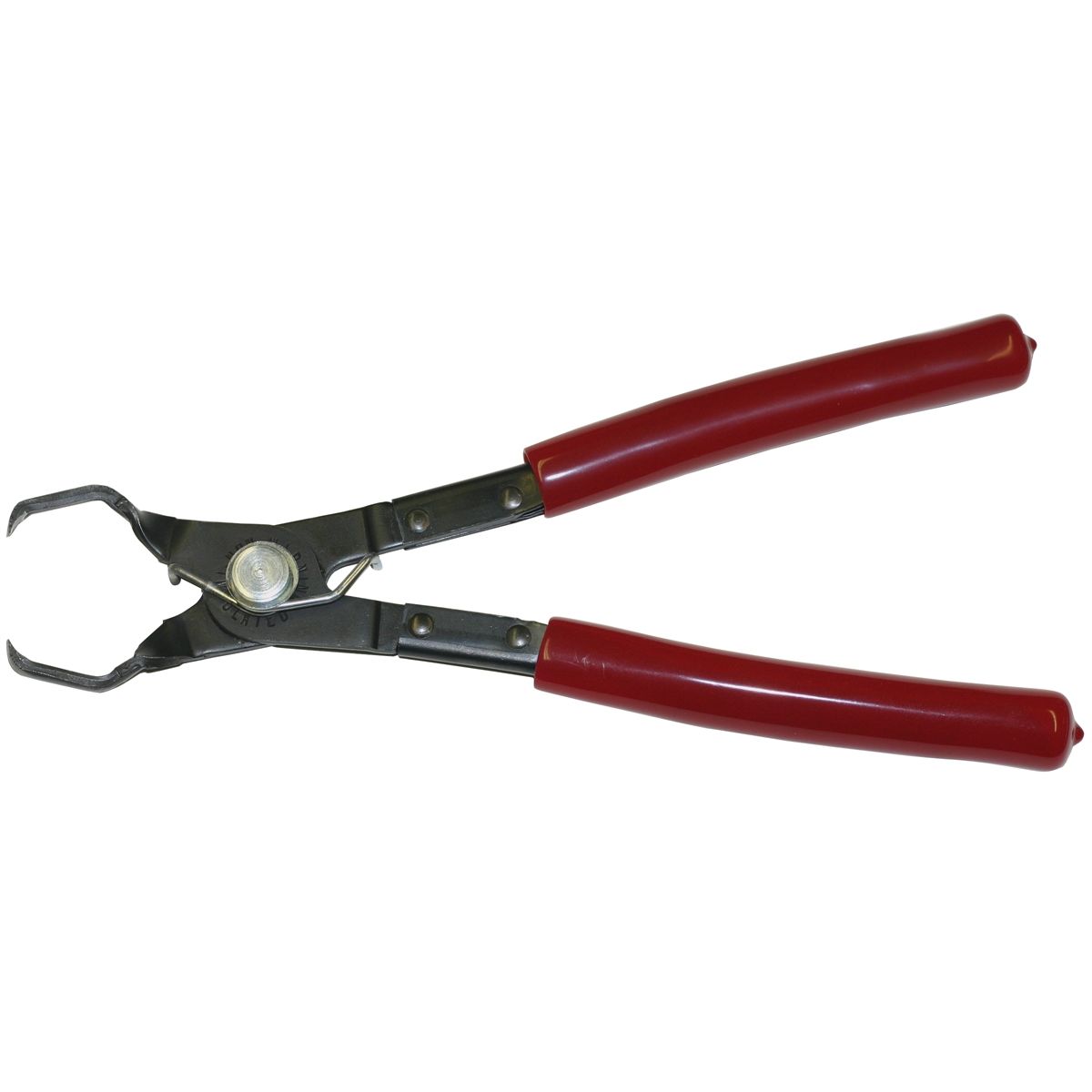

These can also be used to create gaps: sehm(SE, genes=g, do.scale=TRUE, anno_rows="meanTPM", gaps_at="Condition") # Using assay logcpm This behavior can be manually controlled via the breaks parameter (either setting it to FALSE, to a percentile until which the scale should be linear, of manually inputting breaks).Īnnotation from the object’s rowData and colData can be plotted simply by specifying the column name (some will be shown by default if found): sehm(SE, genes=g, do.scale=TRUE, anno_rows="meanTPM") # Using assay logcpm When scaling data, the function will automatically center the colour scale around zero, and handle the extreme values (0.5% percentile on each side) in a non-linear fashion to retain a useful visualization. Sehm(SE, genes=g, do.scale=TRUE) # Using assay logcpm It uses pheatmap, so any argument supported by it can in principle be passed: g <- c("Egr1", "Nr4a1", "Fos", "Egr2", "Sgk1", "Arc", "Dusp1", "Fosb", "Sik1")

The sehm function simplifies the generation of heatmaps from SummarizedExperiment.


 0 kommentar(er)
0 kommentar(er)
